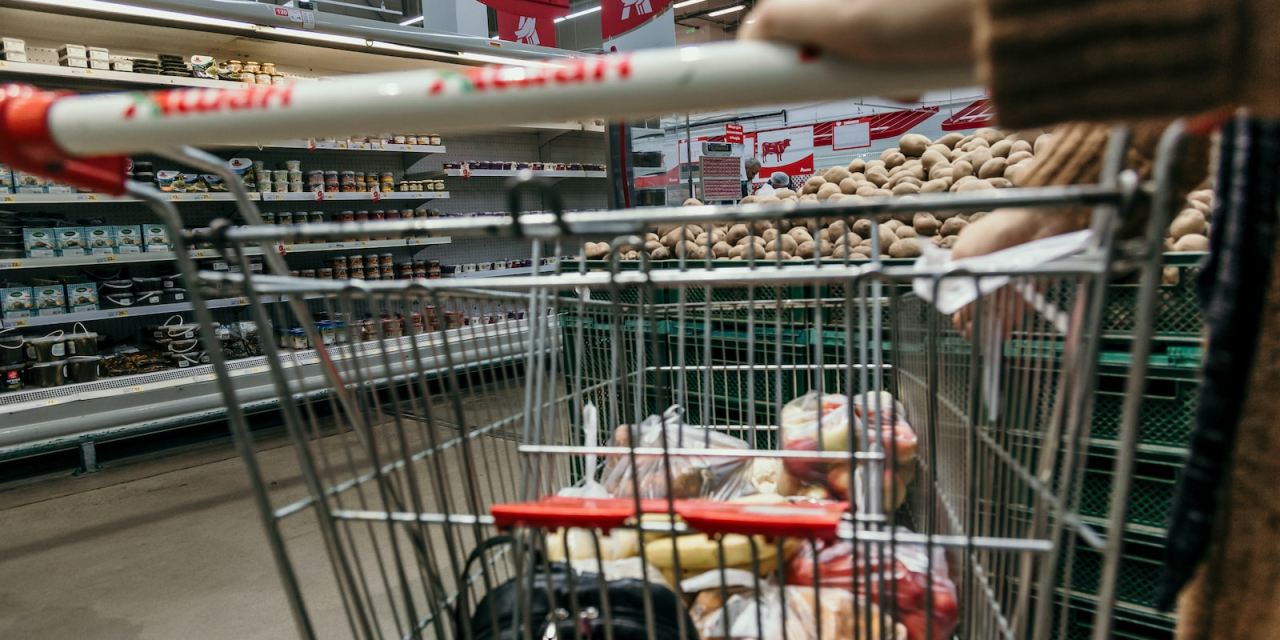The number of stores allowing customers to scan items as they shop grew by nearly a quarter globally last year, and is expected to triple by 2028, a new report has revealed.
According to RBR’s study, Mobile Self-Scanning and Checkout-Free 2023, 57,000 stores now enable customers to scan items using either their smartphone, a device provided by the retailer, or both. This includes 11,500 additional stores to offer the service in 2022, reflecting the increased investment by retailers in the technology.
In many countries, particularly in Europe, mobile self-scanning using retailer-provided handheld devices is well established. However, RBR’s research shows that in these markets, and beyond, merchants are increasingly offering the service via smartphone applications. Major supermarket chains in Germany, Japan and Sweden rolled out this service to many more outlets during 2022. Retailers are also piloting solutions with smart carts, which record items placed within them, in increasing numbers.
Mobile self-scanning was also introduced to more new markets last year and by the end of 2022, customers could scan items as they shopped in countries ranging from Egypt to Taiwan, and from Kuwait to the Philippines.
Beyond just grocery
The study points out that retailers of all types are rolling out mobile self-scanning in greater numbers. More than a third of stores offering the service globally are non-grocery, with furniture giant IKEA expanding mobile self-scanning to most of its stores. In the USA, major chains such as Dollar General and Dick’s Sporting Goods offer the solution to customers. Convenience store chain 7-Eleven has also rolled out the service to hundreds more outlets across several countries.
The mobile self-scanning market is forecast to grow strongly, by an average of 20% per year, over the next six years, according to RBR. Supermarket chains which currently provide handheld devices are expected to add consumer applications to their offerings in future, while in Asia cart-based solutions will also become more common. The rise of self-scanning in other segments is set to continue, particularly in convenience with fuel, home improvement and other specialty retail.










